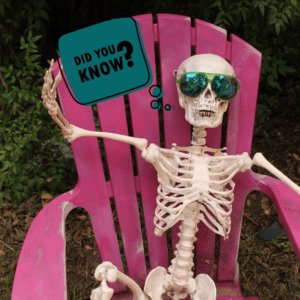Triathlon Movement Health
The Triathlon season has now started for 2018, and in this blog we take a look at the history and changes that have taken place in its short history.
Triathlon – Movement Rather Than Pain Based Rehabilitation.
One of the biggest sports phenomena of the past few years has been the rise in triathlon participation. In the UK alone there has been an increase of more than 300% in the past 5 years!
Triathlon is a relatively new sport, with the first recorded triathlon only taking place in September 1974. And just a few years later, in 1978, the first Ironman challenge (2.4 mile swim, a 112 mile bicycle ride and a 26.2 mile run) was held on the shores of Waikiki, capturing the public’s attention and starting the first triathlon boom.
Here in the UK, the London Triathlon has grown from 1,000 to 13,000 competitors in just over ten years, with organisers reporting that more and more people are signing up every year.
So why is triathlon so popular? To some, the thought of triathlon can seem like a mammoth task. But to many it is a great way of increasing cardiovascular fitness, ensuring you have varied workouts and maximising the enjoyment benefits.
We are all being encouraged to put more variety into our training, to try different things. Triathlon is the perfect way of doing just that. Triathletes swim, bike and run every week, ensuring that they always have a varied workout program. And as there are 3 disciplines, training is much more interesting and people who are not competitive at any one event can compete in all three. It’s a great opportunity to test your limits, and allows a greater variety of people to participate.
We have seen that by varying the training sessions, triathletes can avoid many of the injuries that single sports athletes tend to present with. However, this has brought about its own unique challenges as the change in movement patterns from swim to cycle to bike can take its toll in different ways.
Movement Health Approach.
How has this changed the rehabilitation at Chiswick Physio? We are now seeing that people are just as keen to maintain their training plans, improve their performance and prevent injury: A proactive rather than reactive approach. This has meant that we now spend time with our clients developing movement correction training plans, involving both strength and stability retraining with the absence of any pain.
By optimising the way our clients move, and more importantly control that movement, we have seen a drop in injury rehabilitation sessions and an increase in clients coming to us for injury prevention and performance improvements: A Movement Health Plan.
References:
http://eu.ironman.com/triathlon/history.aspx#ixzz46NLPeGzT
http://www.triathlonbusiness.com/2015/industry-news/london-triathlon-2015-by-the-numbers/
http://www.theperformancematrix.com/





